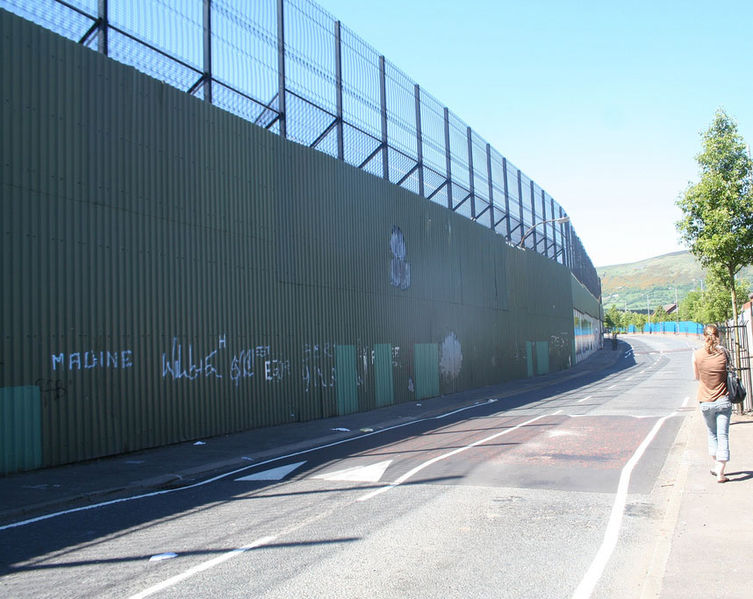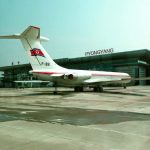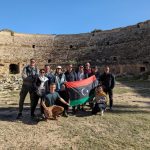I’m an Irishman who was raised in the South of the country. My father who worked as a traveling musician all over Ireland and the UK once described his experience of traveling across the border into Northern Ireland as ‘the tensest place on earth’. It was the 1970’s during the height of the ‘troubles’, and he and his bandmates were told to get out of their vehicle by British armed forces. They were then searched and questioned at gunpoint. Eventually, they were allowed to go on their way, but that palpable feeling of uncomfortable tension is something that seemed to stay with my old man for quite some time. So naturally, he was intrigued to hear about my recount of visiting one of the most infamous borders in the world – The DMZ. The Demilitarised Zone is where North Korea meets South Korea, in a pretty spectacular display of mutual hostility.
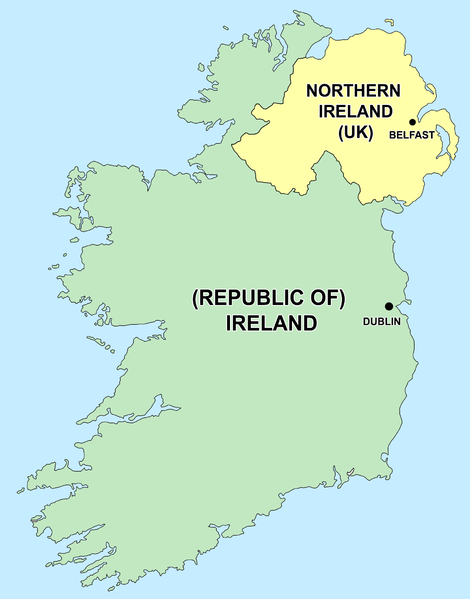
I had been hearing about the DMZ for years and had met a few people that had even travelled there from Seoul, but I had to experience it from the North Korean side. The DPRK is a country that I have found compelling for as long as I can remember; I’ve always been determined to see it. I got that chance in 2016 and it did not disappoint. It’s hard to encapsulate the DPRK experience in a few words – it really is best seen with the naked eye. But I will try my best to recount what was my highlight experience of the trip – the Demilitarised Zone.
We departed Pyongyang in the early morning for the three-hour drive to the DMZ. After a few fairly thorough checkpoints we were allowed to depart our bus where we met our DMZ guide, who we were told was a KPA (Korean People’s Army) lieutenant. For want of a better word, he was a scary guy. He was very official looking in his olive green KPA uniform, complete with a face that looked like it didn’t smile too often… He didn’t speak English, so our Korean guide translated for him as he launched into a history lesson in gruff military fashion. His version of events was not quite as propaganda-heavy as some other things we encountered, but he may have been slightly biased in some ways! Next, we walked to the viewing platform, where you can witness the full standoff between both sides in all its glory. Along the demarcation line sits a series of blue U.N. huts, which are flanked either side by soldiers from both the North and South. Each soldiers’ daily shift consists of standing here motionless while face to face with a soldier of the opposing side. There is a bizarre yet calm atmosphere in the place. It is expectedly tense, but there is an odd sense of peace in the idea that all of this is daily routine and has remained the consistent practice for literally years on end. There is a really strange sort of admirable madness to the whole thing.
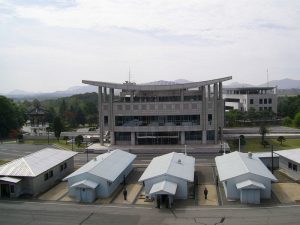
After about 20 minutes of taking photos we were then taken into the blue hut, which our guide told us was the Military Armistice Commission Conference Room. We were allowed to sit at the table (the ‘line’ cutting through the middle of the table) and, watched over by our guide, we all sat on either side of the table shaking hands across it. One North Korean guard stood staunchly guarding the door that led to the South Korean side of the JSA, his fierce and set expression creating an atmosphere in the room that signalled this as very serious business. It was a day none of us could forget.
By the time we departed the DMZ our KPA guide had softened a little. He posed for some photos with the group and even answered some questions. You won’t get a more authentic history lesson than that from the mouth of a North Korean military officer, and it was really fascinating to hear him speak.
This small country has had an eventful past to say the least. The Korean peninsula was invaded in the early 1900’s by the Japanese – what followed was decades of horrific oppression at the hands of the Japanese Empire. After the second world war the Japanese ceased their occupation of Korea and the country was split in two. The South was aided by the U.S. in setting up a democratic government and a characteristically Western capitalist society. The North would embark on a very different trajectory. Assisted by Josef Stalin and the Soviet Union, the Guerrilla general Kim Il Sung was appointed as President of North Korea. Equipped with a stern ideology that shared a lot of principles with Stalin, President Kim Il Sung structured a Communist society that has today outlasted all others. And ‘the rest is history’ as they say.
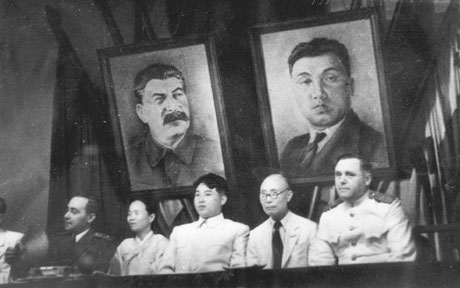
As we drove back to Pyongyang from the DMZ I looked out at the lush green countryside. I couldn’t help but spot some of the similarities between Korean and my own Irish history. Ireland too was invaded by another imperialist nation. What has been left in the aftermath are generations of conflict, perpetuated by a people who feel angry about the unfair hand that history has dealt them. Behind the regime of North Korea, appears to be a population of passionate and warm people with a rich history that spans back far past the Kim dynasty. Like the Irish, they too have been victim to a cruel past in many different aspects.
But the optimist in me takes salvage in the fact that my father’s memories of the frightening border in Northern Ireland are now only memories, and no longer a reality. Although our troubles in the North are a long way from resolved, there has been huge progress in the space of just one generation; where we have seen both sides abandon weapons in exchange for diplomacy. I can only hope that both North and South Korea follow a similar path.
